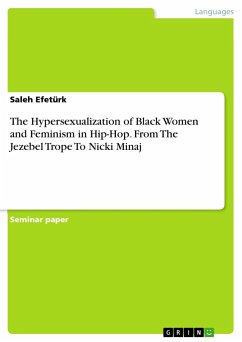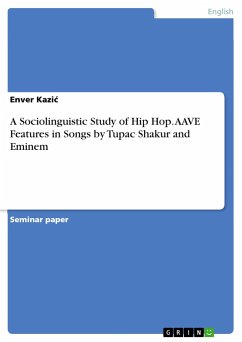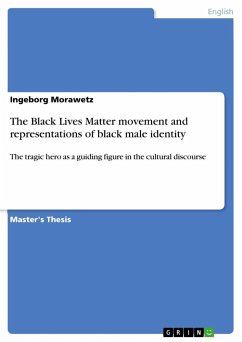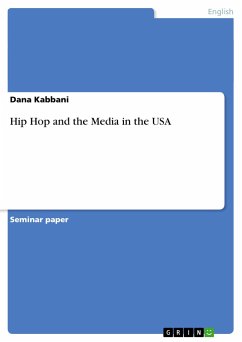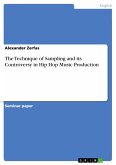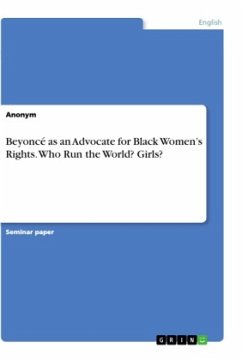Seminar paper from the year 2018 in the subject Didactics - English - Miscellaneous, grade: 1,5, University of Bremen (Fachbereich 10 - English-Speaking Cultures), course: Key Topics in Literature: "Envisioning Black Freedom Movements in African American Literature", language: English, abstract: In the seminar about "Envisioning the Black Freedom Movement in African American Literature", considering the very core of resistance was a recurrent topic. The idea of Black Women being fungible for White feminists, yet having non-black communities profit off of the efforts made by Black Women and Queers in particular clearly depicts the "second-class" positions Black people are assigned to by White Western society. Having analyzed the fabrics of Black Freedom Movements as an academic focal point, it is indisputable that gender has played a prominent role in the establishment of racial American Identity. Starting off by integrating flight plans and whereabouts for meetings in creole gospel songs during slavery in America, this form of lyrical resistance reached a point of becoming an urbanized genre of music. Merging sonically advanced melodies and beats with verbally asserted subject matters on police brutality, racial and socioeconomic constructs and lack of self-reflection strongly resonated with maltreated Black people in the US in the late 1970's. The industrialization of the Hip-Hop Genre led to an exposure of this specific part of the Black Culture to the White mass consumers, inherently leading to the myth of "Ghetto's being the platform for drug selling and abuse" promoted via white media to be validated as well as implemented into the hyper masculine stature of male rappers, who dominated the HipHop Industry. However, as hyper masculinity was propagated in music videos to include the representation of the (partially) nude female body in music videos by having video vixens dance to the male gaze, the tropes set up by white people were also attached to many other artists and participants of the Hip-Hop culture. While there have been many iconic female rappers in the industry that turned mogul, one of them stands out in the context of this introduction to the trope-based interpretation of white criticism towards female rappers: Nicki Minaj, best selling and perhaps the most influential female rapper. Especially after the release of her record breaking music video "Anaconda", the criticism vocalized clearly followed a racialized perception of the female Black body.This term paper aims to shed light onto the concealed persistence of a specific trope Black women are assigned to in the Hip-Hop industry, which has shifted to being marketed to lager white audiences.

